Most dog owners think of the dogs as if they were one of their children. As such, they should be treated that way. Dogs don’t know about health hazards or dangerous situations. It is up to you as the owner to keep your dog out of harms’ way, since he cannot do it himself. There are many things that can make a dog sick. One of the biggest health hazards is flea bites on dogs.
Contents
What is a Flea
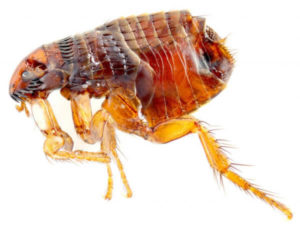 Fleas are one of the most common problems that dog owners have to worry about. The technical name for the fleas that infect dogs is ctenocephaildes canis. They are very tiny bugs who go through four lifecycle stages, egg, larva, pupa, and adult. In order for an adult flea to reproduce, they must feed on blood first.
Fleas are one of the most common problems that dog owners have to worry about. The technical name for the fleas that infect dogs is ctenocephaildes canis. They are very tiny bugs who go through four lifecycle stages, egg, larva, pupa, and adult. In order for an adult flea to reproduce, they must feed on blood first.
Flea eggs: The female flea can lay batches of eggs as large as 20 at a time. It takes about two weeks for an egg to hatch. Eggs are often laid on the host. Because the eggs cannot latch on, they often fall off where the dog rests and sleeps. You will not be able to completely remove the infestation from your home unless you are able to neutralize the eggs. If not, they will eventually grow into adult fleas, creating a vicious cycle. You can see here what do flea eggs look like.
Larvae: Flea larvae emerge from the eggs after about 20 days. The larvae will feed on feces, dead insects, vegetable matter, other eggs. If the larvae can only feed on your dog’s blood, there is only a 12 percent chance of the flea maturing to adulthood. If the flea is able to feed on blood and yeast, it is certain that the larvae will mature.
Pupae: As long as the larvae have adequate food supplies, they will weave cocoons a week or two after the larvae stage. During this period, they will rest. When they sense a host in near, they will emerge. They can sense sound and vibration and heat and carbon dioxide when your dog breathes.
Adult flea: It is not until the flea reaches adulthood that it can begin to wreak havoc on your dog. The main priority of the adult flea is to find a host to feed on. Its second priority is to reproduce. If the conditions are right, the total lifespan of a flea can be between a year to a year and a half. The ideal conditions would include the proper temperature, which is very warm, and humidity. This is why fleas thrive and create problems during the summer. They also need a constant food supply. This means that the flea would need to be living and feeding on an actual host for its entire life. Throughout their lives, female fleas can lay over 5000 eggs. Reproduction at this rate is the reason that one or two fleas can result in a serious infestation in a very short period of time.
Flea Behavior
During the spring and summer months, fleas are all over the grass. When you take your dog outside, it takes just a few fleas jumping on him to cause a full blown flea infestation, which leaves flea dirt on your pet. It is not uncommon for a flea to go from one host to another. For example, if you have a dog and an indoor cat, you cat can easily become infested if he comes into contact with the dog. The cat does not need to enter the environment where the fleas are waiting to find the host. The fleas will jump from host to host. If your dog has fleas, all warm blooded animals in the house are at risk.
How Do I Know if My Dog Has Flea?
It is very obvious if your dog has fleas. He will start scratching and biting himself often because the fleas are biting him. In serious cases, the dog will be so itchy that he will start to chase his own tail trying to find the flea that is biting him. Some fleas will bite harder than other, causing the dog to jump up from a resting position quickly, for no apparent reason. The actual reason is that he was bitten very hard. Depending on the texture and color of his coat and the level of infestation, the fleas can also be visible.
Many dog owners believe that the only problem that flea bites can cause their pet is itching and raised bumps. This is not the case. Flea bites can result in a variety of complications and health problems that can be dangerous to your dog’s health.
Flea bites on dogs:
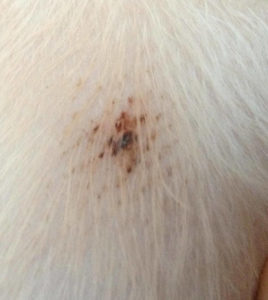
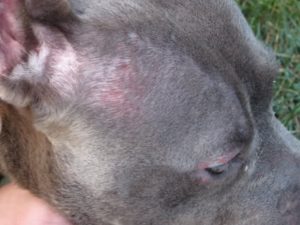
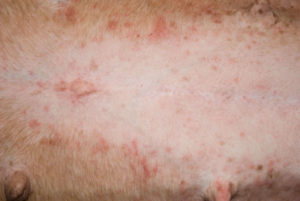

Flea Allergy Dermatitis: Flea allergy dermatitis is not caused by the fleas themselves, but by their saliva that they leave behind when they bite your dog. Fleas feed on your dog’s blood, which is why they bite. When the bite and break the skin, it can introduce a variety of allergens into the dog’s bloodstream. These can include aromatic compounds, amino acids, phosphorus, and polypeptides.
If your dog is hypersensitive to any of these compounds, it can create a bad reaction. Your dog will start excessively itching, they can develop scabs on their body, and they can lose their hair. In order for these bites to result in flea allergy dermatitis, the dog needs to be seriously infested. If the irritation becomes severe, your dog can develop a large welt around the area, which can resemble a hump.
If this happens, you would need to take your dog to the vet for treatment. The treatment often requires that the irritated area is shaved and treated with a medicated cream. In very severe cases, the dog would require a steroid shot to reduce the inflammation faster. While a mild case of flea allergy dermatitis is not something to get too worried about, a serious case can be very hazardous to your dog’s health.
Skin Infections: When a dog has flea allergy dermatitis, the skin can become vulnerable and inflamed. This can create the perfect opportunity for an infection. When the skin’s tissue is damaged, can become a breeding ground for harmful bacteria, such as Malassezia pachydermatous and Staphylococcus intermedium. When your dog develops a bacterial or a fungal infection from the bites, it can cause them to scratch and chew on themselves.
This can make the allergic reaction and the infection even worse. The worse the infestation, the greater risk of infection. To treat these infections, you would need to take your dog to the vet so that he can be prescribed a topical or an oral antibiotic medication to kill the infection. This is not a condition that you want to ignore. The longer the infection goes on, the worse it will become.
Neurogenic Dermatitis: If your dog suffers from severe flea allergy dermatitis, it can result in behavioral problems. The technical term for these problems is neurogenic dermatitis. When your dog is suffering from flea allergy dermatitis, they will start biting, chewing, and scratching themselves. Over time, it can become an obsessive desire. This condition usually starts when a dog notices a tiny abrasion on his skin.
The abrasion will be itchy, and he will be tempted to scratch and bite at it. The more he continues, the the more the tiny wound will develop into a much more visible would. As his obsession continues, he will feel the need to continue biting at himself. Over time, this behavior can lead to scar tissue and in severe cases, it can cause permanent skin damage. If your dog suffers from this condition, he will continue biting and scratching, even at areas that are not damaged at all. Because this is a behavioral problem, to treat the problem, the dog’s behavior would need to change. Since dogs cannot understand what is going on, they would need to wear an Elizabethan collar.
This is a cone that goes over the dog’s head so that they are not able to scratch or bite at themselves. This type of collar is often used for dogs who have had surgery that required stitches. It keeps them from biting at the stitches and ripping them out or causing an infection in the wound. They can also be used to treat neurogenic dermatitis. Over a period of a few weeks, the dog will no longer have the desire to bite and scratch at himself. In order for the treatment to be completely successful, the infestation needs to be removed completely from the dog and from the home.
Tapeworms: Most dog owners don’t know this, but a flea infestation in their pet can lead to tapeworms. Tapeworms are parasitic flatworms that live in the intestines of humans and animals. They have long, ribbon-shaped bodies, that have many segments. They have small heads that contain suckers and hooks. When they implant themselves in the digestive system, they start feeding on the food that its host consumes.
They have the capability of consuming a great deal of the food that your dog eats, which will make the worms grow larger and larger. Dogs who are infested with fleas can develop tapeworms. When they bite themselves to relieve the itching caused by the fleas, the dog can actually ingest the flea. Since fleas are intermediate hosts for tapeworms, it could become a problem. It is important to understand that not all fleas are infected with tapeworms, however, the dog would need to ingest just one flea that is infected for the life cycle of the tapeworm to begin. If your dog develops a tapeworm due to his flea infestation, you could start seeing broken pieces of the worm in your dog’s stool.
You may also notice pieces of the worm in your dog’s bum or in the bedding that he sleeps on. You will be able to recognize the pieces of the worms if you see something that looks like a grain of rice or a sesame seed. Your dog may also begin itching around his anus or it could become irritated. If your dog develops a tapeworm due to his fleas, it won’t cause any serious illness. It can, however, result in poor nutrition. Because the tapeworm is eating up everything that your dog consumes, it can make it impossible for your to thrive and grow. He also won’t be able to maintain a healthy weight. If your dog does develop a tapeworm, he would need to be treated with a deworming agent. The sooner the tapeworm is identified and treated, the better it will be for your dog’s overall health.
Flea Treatment and Prevention
If your dog is suffering from any of the above complications of flea bites, he will not get any better until the problem has been taken care of. You can find flea bites pictures here. Not only do you need to remove the infestation from your dog, you need to keep it from coming back. Also, you need to remove the problem from your home. Fleas can live in your carpeting, couches, and bedding for up to 100 days without a host to feed off of. If you get the fleas off of your dog, you need to get them out of your house as well. It is the only way to prevent your dog from becoming infested again, resulting in further complication.
Kill the fleas on your dog: The first step to destroying the infestation is to treat your dog. The sooner you do this the better. To treat the infection, you should use a flea shampoo or a flea dip on your dog. Make sure that the product you are using is specifically designed for fleas. Not all dog shampoos contain a flea killing agent.
Kill the fleas in your home: It will be obvious if the flea infestation in your home is serious. When you walk in the house, fleas will jump on your ankles and bite you. This type of severe infestation would require intensive treatment, such as a do-it-yourself fogger or help from an exterminator. This requires a great deal of work. While the poison that you are spraying into the home will work, you would need to protect certain household items from the poison.
1. Best spray to use on your pet
2. If you want to kill fleas from your carpet or similar areas, we’ve found that this works best:
- Carpet Powder
- Safety Gloves
- Recommended Dust Respirator or at least this one.
3. If you have big infestation, you’ll need best fogger available (case of 6 recommended).
Any dishes, utensils, glasses, or any other such items would need to be washed thoroughly after the treatment is complete. It can be very dangerous to your health and that of your family if these items are not treated according. If the infestation is not that serious, you would need to treat the home. This includes washing all of the bedding in hot water and vacuuming the couches and upholstery. You can also use a flea powder designed for carpets and furniture.
Kill the fleas in your yard: Most likely, your dog got his fleas from outside while walking or playing in the grass. Since your dog needs to go outside a few times a day to relieve himself, you cannot protect him from the fleas that are outside. The best way to protect him is to remove the fleas from the yard. You can hire a company to come to your home and spray your yard, which will kill the fleas. When the flea habitat is disturbed, your dog will be safer when he goes outside.
Prevention for your dog: The best way to protect your dog from becoming re-infested is to use the proper flea prevention products. There are two types available .The first is a topical treatment. It is used every three months and it is applied to the dog’s shoulder blades. This will keep the fleas at bay. The second type is in a pill form. Like the topical formula, it needs to be given regularly to keep the fleas from coming back.
If your dog has difficulty taking pills, you should stick with the topical treatment. If you have cats and dogs living in the home, you should never use the same preventive medicine on both of them. The formula designed for dogs can be very harmful to cats and vice versa. When buying these products, you also want to make sure that you buy the one that is appropriate for the weight of your dog. If you use a large dog formula on a small dog, he will get too much of the active ingredient which can lead to an overdose.
If you are not sure how much your pet weighs or which type you should use, you should contact your dog’s veterinarian. These medications can be purchased right through your vet and they can be also purchased online. If you are going to buy the products online, be sure that you are buying from a reputable distributor. Also, do as much research as you can and gather as much information as possible about the product that you purchased before you use it on your dog. There are unethical companies who are selling dangerous products that they are passing off as flea prevention medication.
Natural methods: If you are worried about what you are putting in your dog’s system, there are natural ways that you can treat and prevent a flea infestation. The same is true with removing the infestation in the home. If you have small children in the house and you do not want to push poison into the air and let it sit on the carpets and the furniture, there are natural, safe methods of taking care of the problem.
A flea infestation can be very difficult for your dog. Even a slight infestation can make it difficult for your dog to relax, sleep, and be comfortable. Fleas are constantly feeding off your dog, which can result in flea bites and intense itching. The sooner you are able to identify the problem, the sooner you can treat it. Getting rid of the fleas can also make life at home better for you. If the dog’s infestation is serious, they will constantly shake the couch, the bed, or any other surface they are scratching on. Also, you may start to find flea bites on yourself. Flea infestations can be handled and it should be done so as soon as possible. Since your dog relies on your for everything, it is your responsibility to do everything that you can to keep your dog happy, healthy, and comfortable.
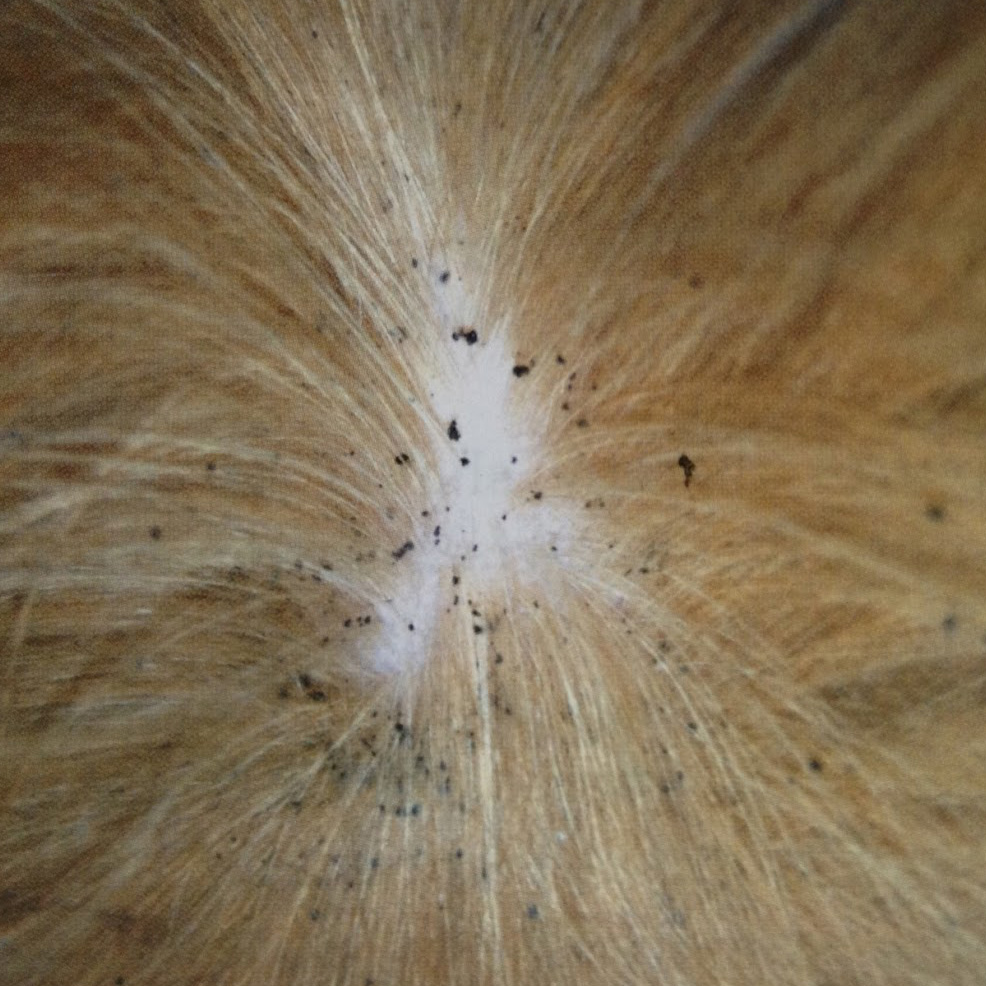
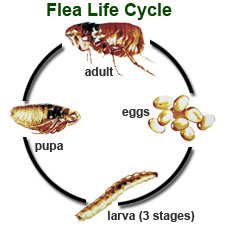
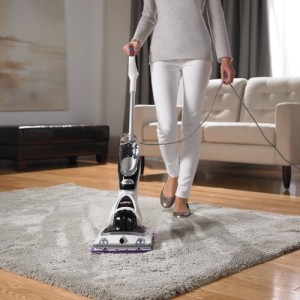







Leave a Reply